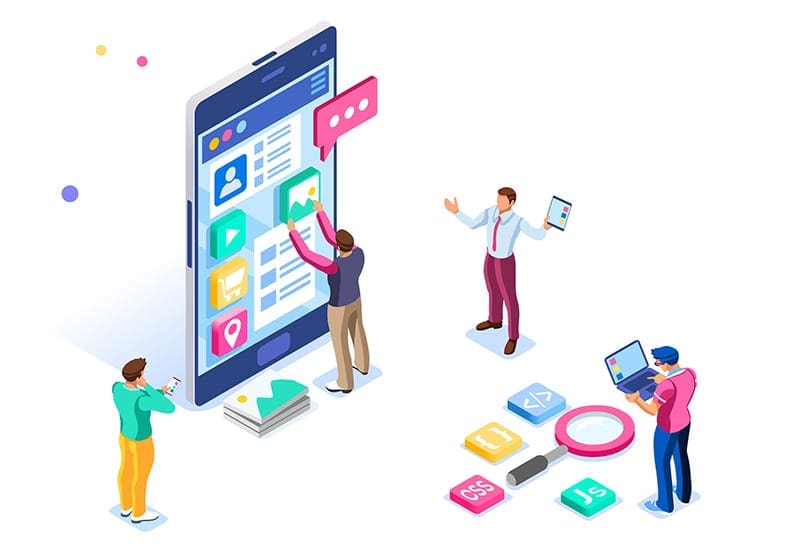Can You Convert a Website Into a Mobile Application?
Can You Convert a Website Into a Mobile Application?
Blog Article

Yes, you can take a website and turn it into an app! Many businesses and developers do this as an opportunity to create the feel of an app experience without starting afresh. Converting a website into an app allows users to experience it more dynamically, not to mention additional features, like push notifications and offline.
Here are some key methods and things to keep in mind on how to convert a website into a mobile application:
1. Use of WebView
A WebView is basically an element that displays web content within a mobile application, meaning essentially wrapping the website within a mobile application shell. This approach provides an application-like experience but shows the very same content as is available on the website.
Pros: This approach is quick, inexpensive, and somewhat simple to deploy, especially for sites or applications based on more information or content.
Cons:The experience will perhaps not feel so "native" because it remains a site. It does lack some features of sophisticated native mobile apps.
2. Progressive Web App (PWA) Approach
Progressive Web Apps (PWAs) are websites built with modern web technologies that offer app-like features. PWAs can be "installed" on a mobile home screen, work offline, and offer fast loading and push notifications.
Pros: PWAs are easier to maintain than separate apps, cost-effective, and accessible across all devices.
Cons: They may not be listed in app stores, and some features (like deep hardware integrations) might be limited compared to native apps.
3. Hybrid App Development
This can be achieved with hybrid app frameworks like React Native, Flutter, or Ionic, which convert the code of your website into a cross-platform mobile application. Such frameworks enable you to write cross-platform code that's usable both on iOS and Android yet remains native.
Pros: Hybrid apps make you more accessible to device features and feel more native than those based on WebView solutions.
Cons: Development is more complex and costly than a WebView or PWA, though often faster than developing two separate native apps.
4. Native App Development Based on Website Content
Use your website as a reference to build a fully native app from scratch, customized for mobile devices, including the development of separate apps for iOS and Android.
Pros: Native apps provide the most fluid and powerful experience, and one gets full access to the hardware and capabilities of a device.
Cons: It often is a time-consuming and costly approach, requiring special skills for both platforms.
Before Conversion:
Objective: Will the app be any more useful to the user compared to the website?
Audience: Some will want an app simply out of convenience, but others will prefer the website.
Features: Determine if the app requires features like push notifications, offline support, and hardware access. That will then help decide whether a PWA or a native app is suitable for the situation.
Budget and Timeline: A WebView or a PWA solution usually is cheaper and takes less time to develop compared to native and hybrid apps.
It is easier to convert a website into a mobile application since it is likely to improve accessibility, enhance engagement, and reach a wider audience. Using the right approach, businesses can build a valuable app experience based on previous web content.